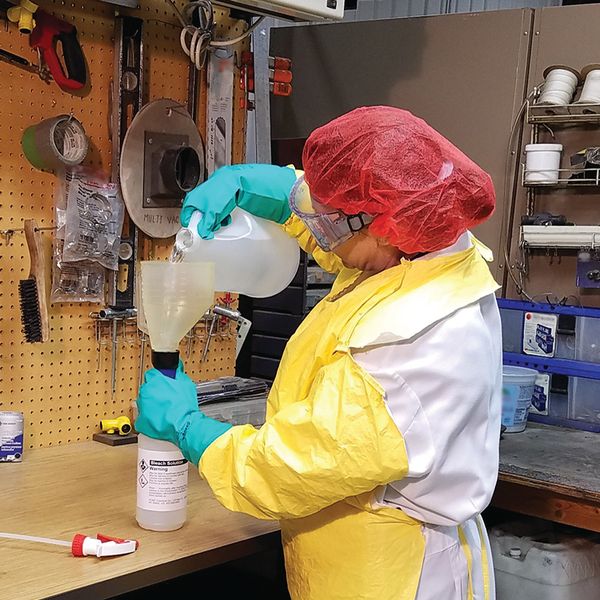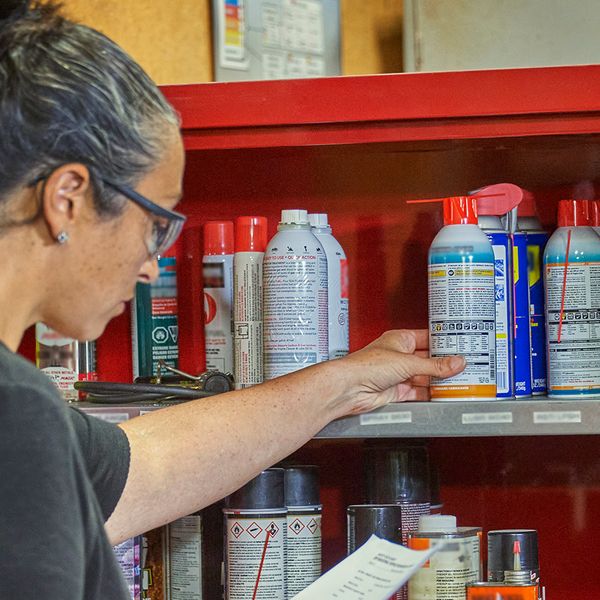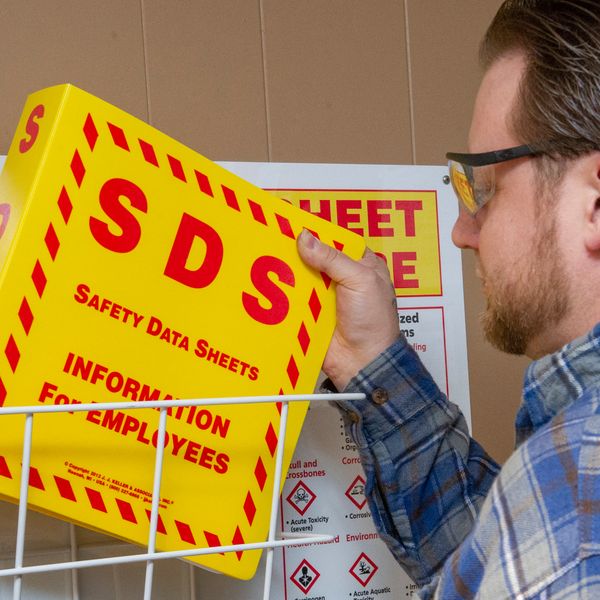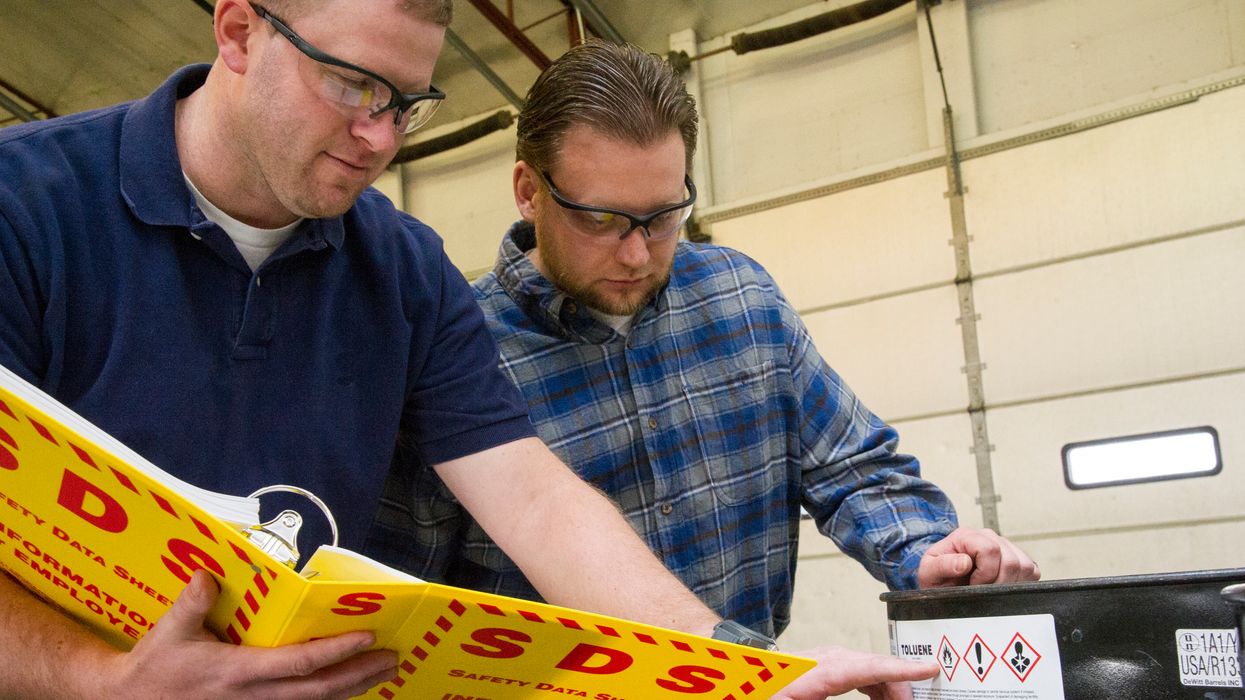Severe lung damage and death caused by certain cleaning products
Certain cleaning chemical ingredients could/can cause serious health problems including skin irritation, rash, difficulty breathing, and severe burns. Mixing cleaning products that contain bleach and ammonia can cause significant lung damage or even death. Because some cleaning products contain hazardous chemicals that can enter the body through skin contact or from breathing dangerous gases into the lungs, employers must remain vigilant.
All employers must provide a safe workplace to anyone that comes into contact with cleaning products, including:
- Ensuring adequate ventilation/airflow;
- Providing personal protective equipment (PPE) when needed;
- Properly labeling containers;
- Effectively training workers on the associated hazards, along with safe work practices; and
- Using “green” cleaners when feasible.
Ventilation/Airflow
Some cleaning products release dangerous chemicals, including volatile organic compounds (VOCs) and other toxic substances. To help mitigate worker exposure, keep the area well ventilated by opening windows and doors and using a fan to maintain steady airflow. Workers should never use cleaning products in small, enclosed spaces. While some workers may not experience immediate symptoms, prolonged exposure can cause permanent damage over time.
Personal protective equipment
To ensure their safety, workers should review information about the hazards and means of mitigating those hazards found on the safety data sheet (SDS) for any chemical product. Section eight of the SDS will identify any special requirements related to PPE. According to 29 CFR 1910.132, PPE must be:
- inspected,
- fit properly,
- maintained in a clean and reliable state, and most importantly
- it must be worn.
Labeling containers
All chemical cleaning products and containers used must be labeled with:
- Product identifier;
- Signal word;
- Hazard statement;
- Pictogram; and
- Precautionary statement.
Containers can also be labeled with the product identifier and words, pictures, symbols, or combination thereof, and which, in conjunction with the other information immediately available to workers under the hazard communication program, will provide them with specific information as to the physical and health hazards of the chemical. If chemical cleaners are bought in bulk and transferred to smaller containers for use, both the bulk container and smaller container must contain proper labeling.
Training
Employers must provide training to workers at a level and in a language and vocabulary that they can understand. Under OSHA’s Hazard Communication Standard (29 CFR 1910.1200), worker training must be provided if the cleaning chemicals are hazardous. This training must be provided before the worker begins using the cleaning product(s), and must include:
- Health and physical hazards;
- Proper handling, use, storage, and dilution procedures (if applicable);
- Proper spill cleanup procedures;
- Required PPE; and
- How to obtain and use hazard information, including an explanation of labels and SDSs.
It’s also beneficial to train workers on operating ventilation systems as needed during cleaning tasks.
Going “green”
Look for safer alternatives when possible. Use caution when purchasing advertised “green” cleaning products with the assumption that they are safer for workers and the environment. Employers should still review any “green” cleaning products they intend to purchase and understand their health and safety hazards.
Key to remember: Employers must keep their workers safe when using cleaning products.




















































